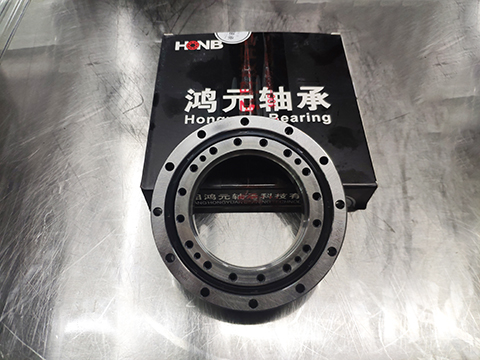The installation and adjustment of low-noise bearings can also follow the grouping method of long-life bearings, so that the interference fit size is more consistent, the bearing clearance is also more consistent, and it is hoped that the interference fit takes a smaller value within the possible range to ensure that the deformation of the bearing raceway is small, so that the noise caused by the rolling element passing through is reduced. The clearance has a great relationship with the noise. The ideal state is that when the bearing is at the highest operating temperature, the clearance value is just zero. The method to judge that the clearance is too large is: the shaft is axially displaced in a static state, and the reciprocating amplitude is large, and a large and heavy noise is emitted during operation.
If an annoying sharp whistling sound is emitted during operation, it means that the preload of the bearing is too large, and the bearing has a relatively large pre-interference, and the preload should be slightly relaxed. If the clearance is too large, the two bearing rings can be slightly offset relative to each other along the axial direction: it not only reduces the clearance, but also increases the axial rigidity, which can reduce the bearing noise. When the rolling element enters the no-load zone, it will slip or move left and right, which will increase the noise and cause wear, and small clearance and large axial rigidity can eliminate this phenomenon. But the clearance cannot be too small, so as not to cause excessive temperature and shorten the life. Sometimes, due to the large operating temperature range of the main machine, or the large discreteness of the dimensions of the shaft and the seat hole, it is impossible to get a more appropriate clearance in one adjustment. In this case, the elastic constant pressure preload method can be used for the outer ring of the bearing.


